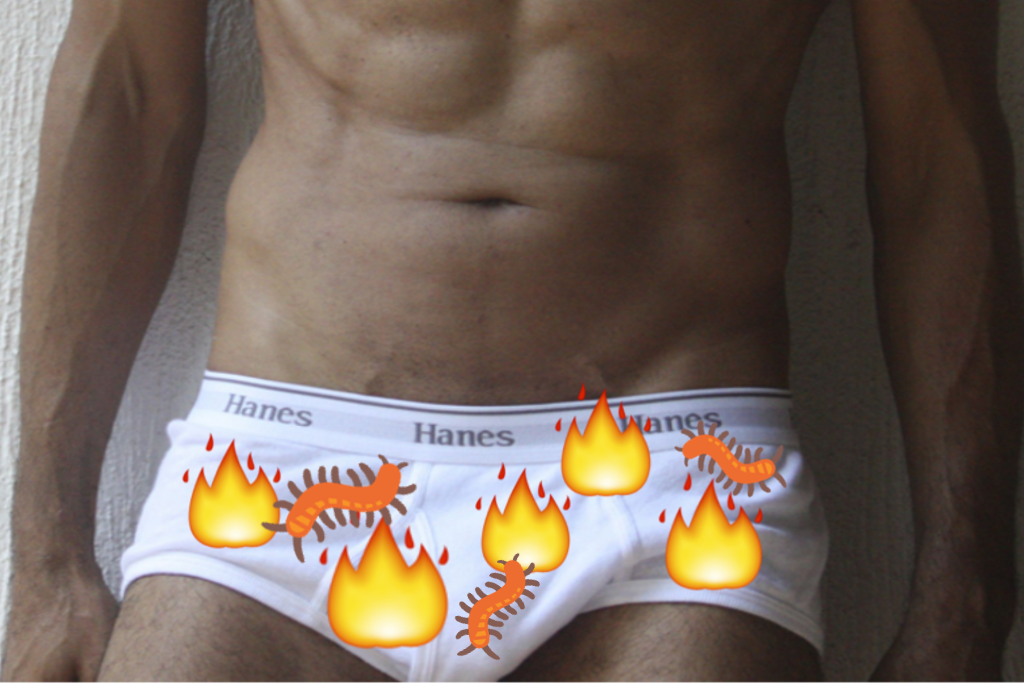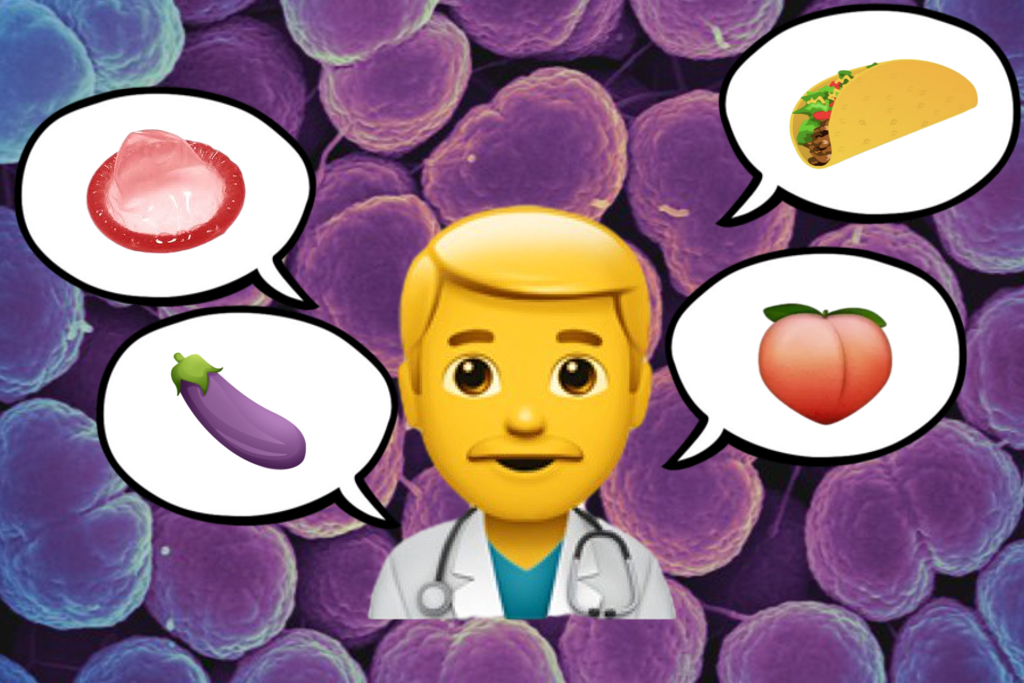This New Report Shows An Explosion Of Gonorrhoea, Thanks To Straight People In Big Cities
Come on straight people, use a condom.

Well, gonorrhoea’s on the rise again, thanks to straight people in big cities and whatever it is they’re doing these days.
This morning the Kirby Institute released its annual surveillance report on sexually transmitted infections, and it found that there’s been a 63 percent rise in gonorrhoea diagnoses in Australia over the past five years. In major cities, diagnosis rates rose by 99 percent.
This is particularly concerning given that new and increasingly antibiotic-resistant strains of gonorrhoea have been cropping up lately. You can read all about the so-called gonorrhoea superbug and what to do to prevent it here.
And if you’re feeling smug about not having gonorrhoea, you probably shouldn’t be. Gonorrhoea has no symptoms in around 80 percent of women and 50 percent of men, so it’s perfectly possible that you’ve been passing it on this whole time without realising it.
No symptoms doesn’t mean “ignore it”, either, even if you’re using barrier methods at the moment — the potential long-term effects of gonorrhoea kick in after time, and can be pretty severe, including infertility and increased risk of HIV.
It’s Not Just Gonorrhoea…
The Kirby Institute report also contains a bunch of other important findings about different STIs. In relatively good news, the number of new HIV diagnoses in Australia has remained stable, with more people accessing testing and treatment than in previous years. The bad news is that these figures differ dramatically for Indigenous people, whose HIV diagnosis rates are double those of the non-Indigenous population.
In fact, diagnosis rates for most STIs remained higher for Indigenous people in 2016 — three times higher for chlamydia, seven times higher for gonorrhoea, and five times higher for infectious syphilis. These rates are much higher in rural and remote areas, and the report notes that poverty, discrimination and limited access to health services and prevention strategies are likely all contributing factors to these rates.
There’s also just plenty of evidence that millennials really could be having safer sex. Take the stats on chlamydia, for example — it’s the most frequently-diagnosed STI in Australia, and a staggering 75 percent of the 71,751 diagnoses made in 2017 were among people 15-29 years old. This is also just the tip of the iceberg — the vast majority of total estimated infections are not being diagnosed or treated, meaning there’s a scary number of young people just wandering around out there passing on chlamydia with wild abandon.
If you’re a sexually active young person, consider this a call-out. Don’t just open an incognito tab to Google symptoms; go get a sexual health check.
